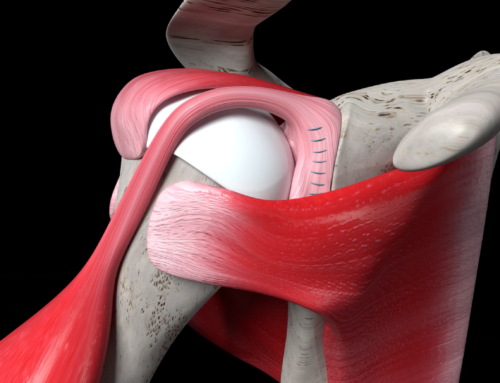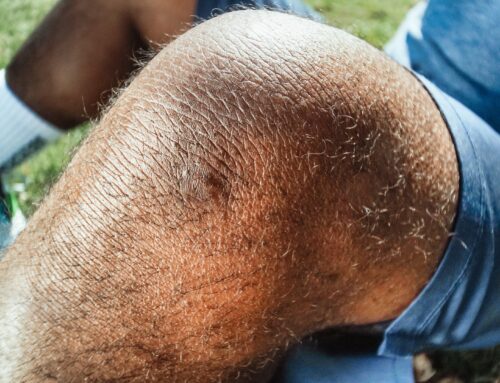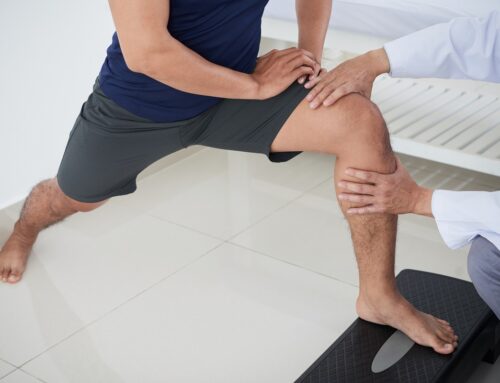If you experience pain around the elbow, then there is a high chance you have Lateral Epicondylitis. This is a condition commonly referred to as Tennis Elbow. Lateral epicondylitis is caused when there is damage to the tendons that connect the forearm to your elbow. This damage is also referenced as tendonitis. You can determine if you have tennis elbow from different tennis elbow self-test.
Tennis elbow got its name due to it affecting mostly tennis players. And, this is because they are consistently swinging their racket. Therefore, it goes without saying that Lateral epicondylitis affects people who exert their forearms regularly. Although anyone who performs activities that strain this particular area can also experience this condition.
Below we have compiled a list of at-home tests to determine if you have tennis elbow.
5 Tennis Elbow Self Test:
Palpitating
In this test, you will examine yourself through touch. However, make sure this is the first one you are performing. Now, extend your arm and touch the muscle above the elbow.
While performing this self-test you feel any type of sharp pain or discomfort. Then, unfortunately, it is likely that you have lateral epicondylitis.
Resistance
This one involves extending your arm in front of you. And placing your other hand on the back of the extended one. Push against your hand as if bending it. Do your best to resist the force. If there is any pain or discomfort around the elbow area, then, there is a high chance you are suffering from tennis elbow.
The muscles near your elbow will provide them what is necessary to resist the force you are applying. Therefore, pain means there is an issue.
The Chair Lift
For this test, you need a chair. The use of one that is not too heavy.
Start off by Straightening your arm and bending your wrist (your fingers should be pointing downwards.) Lift the chair with your middle, index finger, and thumb. Try not to use your pinky and ring finger in this one. If there is any sharp pain or you are not able to lift the chair at all, then you may have Lateral Epicondylitis.
Mid-finger Resistance
The next one, you will need to start by raising your arm up with your palm facing away from you.
Next, attempt to force your middle finger out of alignment with your second arm. There may be stress to the tendon and the extensor digitorum muscles, which in this case, is a sign of tennis elbow.
Mill’s Test
This one requires a physician.
Start this by straightening your hand and fully bending your wrist back. A physician will slightly move your hand in full flexion (bend it down) and in radial deviation (slight rotation). He will then touch your lateral epicondyle with his thumb as he pronates your forearm. If you feel any pain, you are likely suffering from this condition.
Although these tennis elbow self-test provides you with useful insight, they are not meant to replace the use of a doctor’s recommendation and diagnosis. If you have failed any of the above tests, or have unexplainable pain in your elbow, consult a doctor immediately for proper treatment and medical testing.
Call our office now to schedule an appointment with one of our acclaimed award-winning specialists. Our offices are conveniently located in South Florida. In Boca Raton, Deerfield Beach, Coral Springs, and Plantation.







Leave A Comment